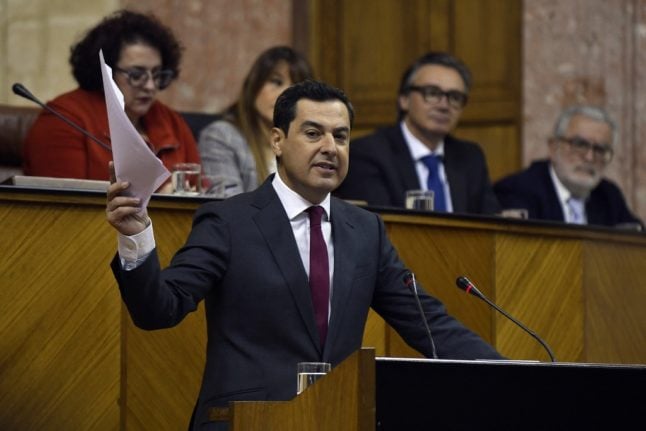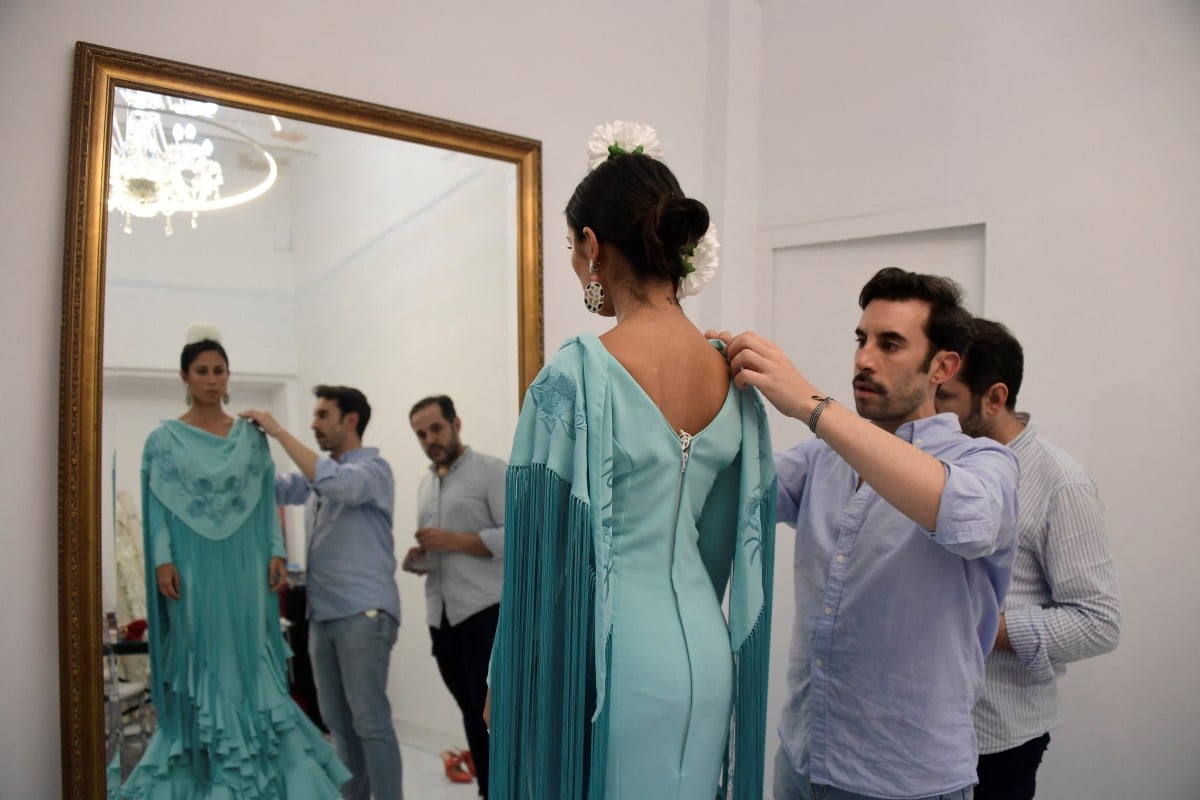The polls in the southern region will be a test for Socialist Prime Minister Pedro Sánchez’s minority government ahead of a national election expected at the end of next year.
The conservative Popular Party (PP) has governed Andalusia, a traditional stronghold of the Socialists, since January 2019 in a minority with the support of Vox and market-friendly party Ciudadanos.
The government’s term expires in December but regional president Juanma Moreno said Andalusia needed a government with a fresh mandate to tackle soaring inflation and the economic impact of the Covid pandemic.
Andalusian law prohibits a regional election from being held in July and August, when many voters are on summer holidays.
Leaving the polls until autumn would not give a new administration enough time to approve a budget for 2023 that confronts the “difficult time we are living in,” said Moreno.
“There is no time to lose,” he added in a televised address.
Vox emerged as a kingmaker in Andalusia in the region’s last polls in December 2018, taking a surprise 12 seats in the first electoral success for the far right since Spain returned to democracy in the late 1970s.
Surveys suggest the PP will win the most seats in the next election and could manage to form a majority in the 109-seat assembly if it forms a coalition with Vox.
The PP has 33.1 percent support, which would give it 44 seats, while Vox on track to win 20 seats, according to a poll published Sunday in daily newspaper El Mundo.
That would give the two formations a total of 64 seats, nine more then needed for an absolute majority.
Vox was sworn in as part of a regional coalition government for the first time earlier this month in the central Castilla y Leon region just north of Madrid where it now governs with the PP.
Founded in 2014, Vox’s platform includes a crackdown on immigration, restricting abortion and rolling back domestic violence laws.
Andalusia, home to 8.5 million people, has high unemployment and is one of the main arrival points in Spain for migrants crossing the Mediterranean.





 Please whitelist us to continue reading.
Please whitelist us to continue reading.
Member comments